Een dashcam is een must-have die niet alleen een bestuurder veilig houdt, maar ook een bedrijf beschermt tegen valse verzekeringsclaims en andere aansprakelijkheden.
Als je een dashcam hebt of van plan bent er een aan te schaffen, maar geen idee hebt hoe je hem moet installeren, dan kan deze gids je helpen.
Wie geen dashcam op de juiste manier installeert, wordt genegeerd door verzekeringsmaatschappijen en wetshandhavers en kan zelfs een rechtszaak tegemoet zien.
Er zijn strikte regels voor de plaatsing van apparatuur in de auto. Dashcams moeten bijvoorbeeld zo worden geïnstalleerd dat ze het zicht van de bestuurder niet belemmeren.
Dus laten we, voordat je op pad gaat met je nieuwe gadget, bespreken hoe je hem instelt voor een optimale dekking. We beginnen met er een te kiezen.
1. Kies de ideale dashcam voor je voertuig
Dashcams zijn verkrijgbaar in de volgende categorieën;
Ze zijn er in front-facing, front en rear modellen, en high-end 360-graden camera's zoals de Akeeyo AKY-V360Sdie een rondom zicht biedt op het interieur van de auto, perfect voor taxi's of bestuurders van ridesharing.

Als je een dashcam kiest, moet je letten op een aantal belangrijke kenmerken;
- G-sensoren: Automatisch beelden opnemen en vergrendelen tijdens botsingen.
- Parkeermodus: Bewaakt de auto terwijl deze geparkeerd staat en detecteert botsingen of beweging.
- Loop-opname: Neemt doorlopend oud beeldmateriaal op als de geheugenkaart vol is.
- Nachtzicht: Zorgt voor heldere opnamen bij weinig licht.
Een goede installatie is echter cruciaal om deze functies effectief te laten werken.
2. Instructies voor installatie
Hier is wat je moet doen voordat je een dashcam installeert voor een probleemloos proces.
Gereedschap en uitrusting verzamelen
Zorg ervoor dat je al het nodige gereedschap hebt voordat je begint: een zuignap of zelfklevende pads om de camera aan te bevestigen, een kabelklem om de bedrading in goede banen te leiden, en probeer gereedschap om panelen veilig te verwijderen als je van plan bent om draden te verbergen.
Controleer wettelijke voorschriften
Volgens onderzoekIn 12 Amerikaanse staten is het verboden om voorwerpen op voorruiten te bevestigen. In acht andere staten (16%) mag je niets op je voorruit bevestigen, meestal in gebieden die ongeschikt zijn voor dashcams. Het is ook verboden om de camera te installeren op een manier die de zichtlijn van de bestuurder blokkeert, hoewel het over het algemeen het beste is om de camera achter de achteruitkijkspiegel te plaatsen.
3. Dashcam installatie in auto's
Je moet deze eenvoudige stappen volgen bij het installeren van een dashcam in je auto om een optimale dekking en prestatie te garanderen.
Stap 1: Selecteer de optimale positie

Voorruit: Plaats de dashcam aan de voorkant in het midden achter de achteruitkijkspiegel om te voorkomen dat je zicht wordt geblokkeerd en om een brede dekking vast te leggen.
Achterste dashcam: Voor dekking aan de achterkant installeer je hem in het midden bovenaan de achterruit voor een gebalanceerd beeld.
Stap 2: Maak het installatiegebied schoon
Maak de voorruit schoon zodat de zuignap of lijm goed blijft plakken en de dashcam goed vast blijft zitten.
Stap 3: Monteer de dashcam
Zuigmontage: Voor het beste zicht bevestig je de zuignap aan de voorruit en pas je de hoek van de camera aan.
Zelfklevende montage: Voor een stevige bevestiging moet je de houder voorzichtig plaatsen en indrukken.
Stap 4: De voedingskabel leiden
Werk de draden netjes weg met een wrikgereedschap langs de hemelbekleding en de A-stijl. Sluit aan op een stroombron via de 12V-aansluiting, zekeringkast of OBD-poort.
Stap 5: Test de dashcam
Je kunt nu de dashcam aanzetten om het beeld te controleren en de nodige aanpassingen te doen voor duidelijke, goed gecentreerde beelden.
Stap 6: Pas de camerahoek aan.
Zorg ervoor dat de camera goed zicht heeft op de weg voor of achter je en pas zo nodig aan. De horizon is horizontaal en de lucht en het dashboard mogen niet te veel van het beeld innemen.
4. Dashcam installeren op motorfietsen
Als je je dashcam op motorfietsen wilt installeren voor de beste dekking en veiligheid, volg dan deze stappen.
Stap 1: Selecteer de optimale positie
Bevestig de camera aan de voorkant op het stuur, de helm of bij de koplampen voor een goed zicht. Plaats de achteruitrijcamera onder het zadel of bij de achterlichten.
Stap 2: Zet de montage vast
Gebruik een stevige, weerbestendige houder voor motorfietsen die bestand is tegen trillingen en ruwe omstandigheden.
Stap 3: Aansluiten op de voeding
Sluit de dashcam rechtstreeks aan op de accu of zekeringkast. Zorg voor waterdichte aansluitingen en bescherm de kabels tegen vocht.
Stap 4: De kabels leiden
Leid kabels langs het frame en vermijd hete motoronderdelen en bewegende onderdelen om schade te voorkomen.
Stap 5: Testen en afstellen
Controleer de camerahoeken en de stabiliteit en pas deze zo nodig aan om trillingen te verminderen en essentiële beelden vast te leggen.
5. Tips voor een optimale plaatsing van de dashcam
Voor de beste wegdekking door de dashcam is de plaatsing van de camera cruciaal.
Obstructies vermijden
Het mag niet worden geblokkeerd door spiegels, ruitenwissers of een helmvizier. Dit is essentieel voor het vastleggen van de details tijdens het rijden op de weg.
Minimaliseer schitteringen en reflecties
Sommige voertuigen hebben reflecterende voorruiten. Vermijd het gebruik ervan of zorg voor een reflectiebescherming op je voorruit om ervoor te zorgen dat het dashboard niet op de camera reflecteert en de opnamen vertroebelt.
Zorg voor stabiliteit
Zorg ervoor dat alle gemonteerde apparaten goed vastzitten, zodat ze niet trillen door trillingen als je op een motor rijdt.
6. Veelvoorkomende installatiefouten die je moet vermijden
Onjuiste positionering
Als je dashcam te hoog, te laag of uit het midden zit, kan hij je zicht belemmeren en ervoor zorgen dat je belangrijke beelden van incidenten mist.
Slecht kabelbeheer
Problemen met de kabelgeleiding kunnen de bediening van het voertuig verstoren. Het netjes houden van de kabels zorgt voor veilig rijden en een soepele werking van de dashcam.
7. Onderhoudstips voor dashcams
Regelmatig schoonmaken
Veeg de lens en de montageplaats regelmatig schoon om stof en vuil te verwijderen. Dit helpt bij het vastleggen van heldere videobeelden.
Firmware-updates
Controleer regelmatig op updates. Het upgraden van de firmware op je dashcam zorgt voor de beste prestaties en biedt extra functies.
Conclusie
Het installeren van een dashcam in je voertuig kan je veiligheid en gemoedsrust enorm vergroten. Vergeet niet om de juiste positie te kiezen, het gebied schoon te maken en de kabels te beheren voor optimale prestaties. Vergeet niet om updates te controleren voor eventuele aanpassingen of onderhoud.
Deel je zorgen over de installatie van dashcams in de opmerkingen hieronder, zodat we je kunnen helpen. Veilig rijden begint met een betrouwbare dashcam - koop de jouwe vandaag nog bij AKEEYO!
Lees ook: 8 Dingen waarvan je niet wist dat je dashboardcamera ze kon doen


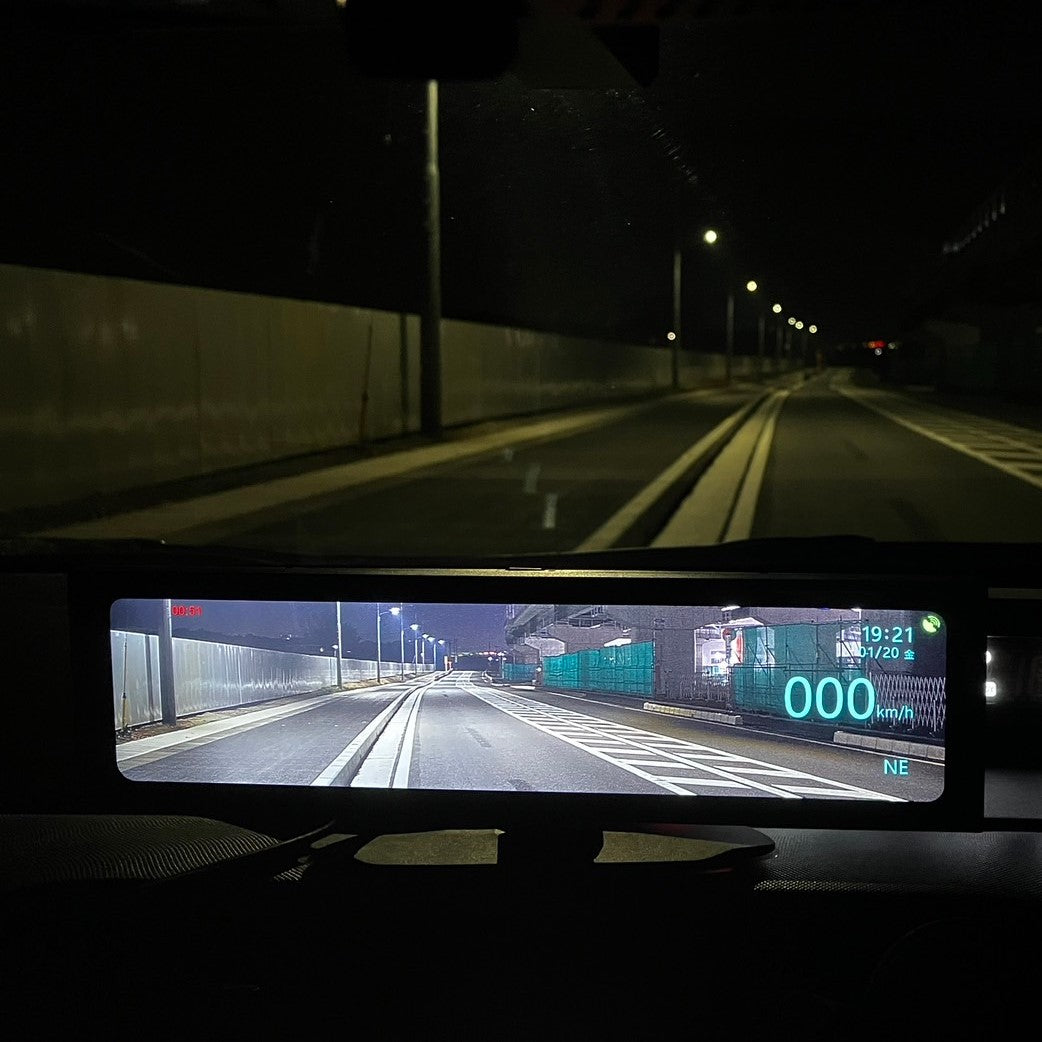
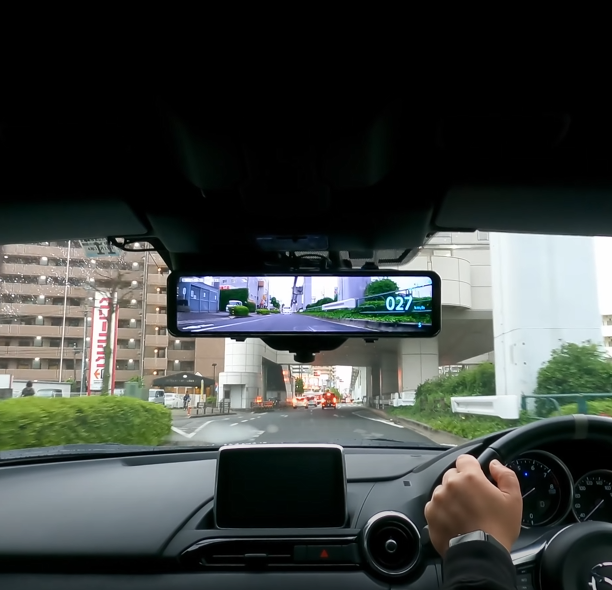
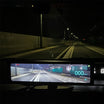
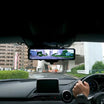
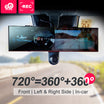
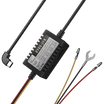
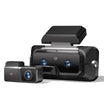

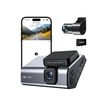

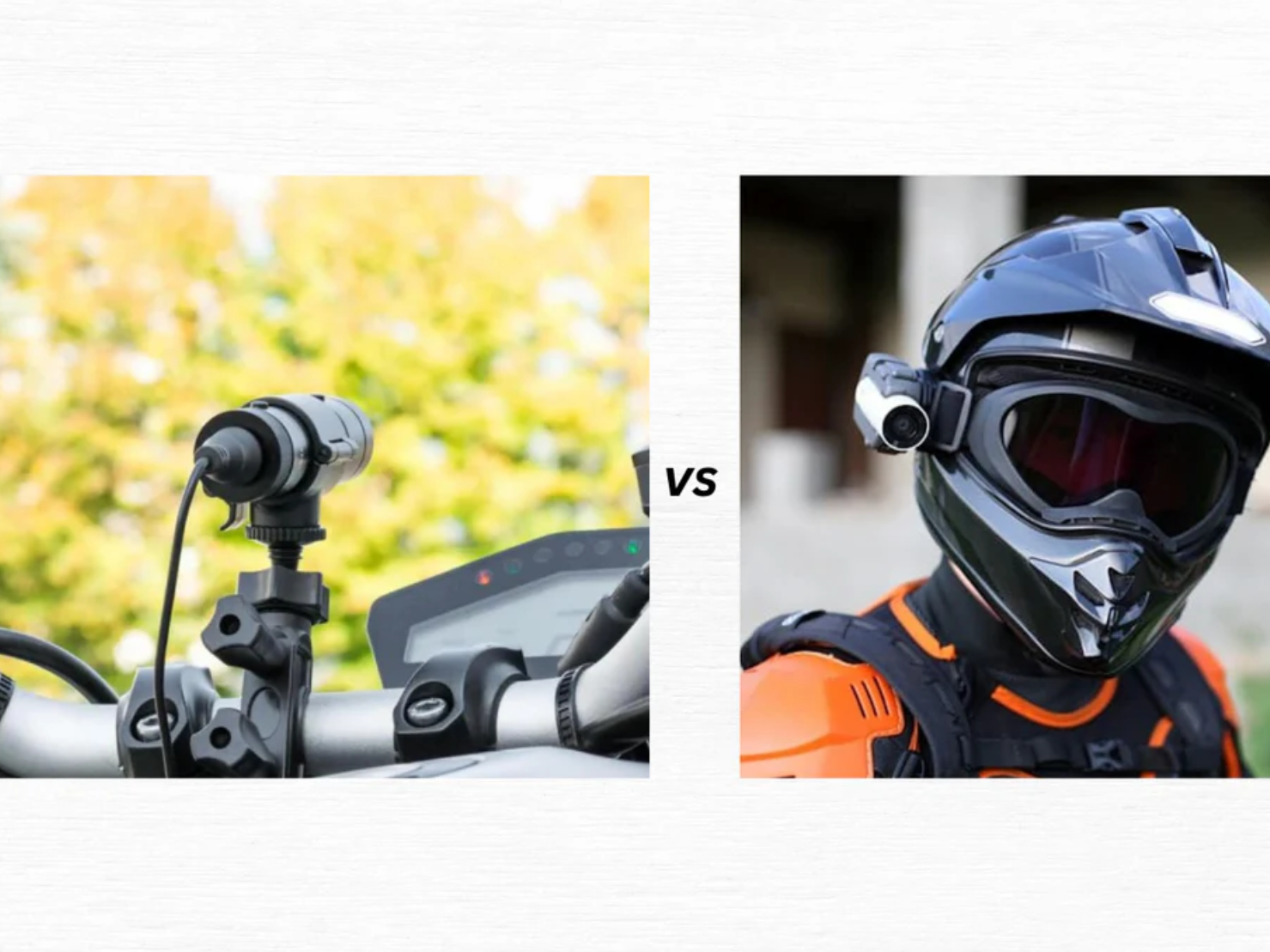
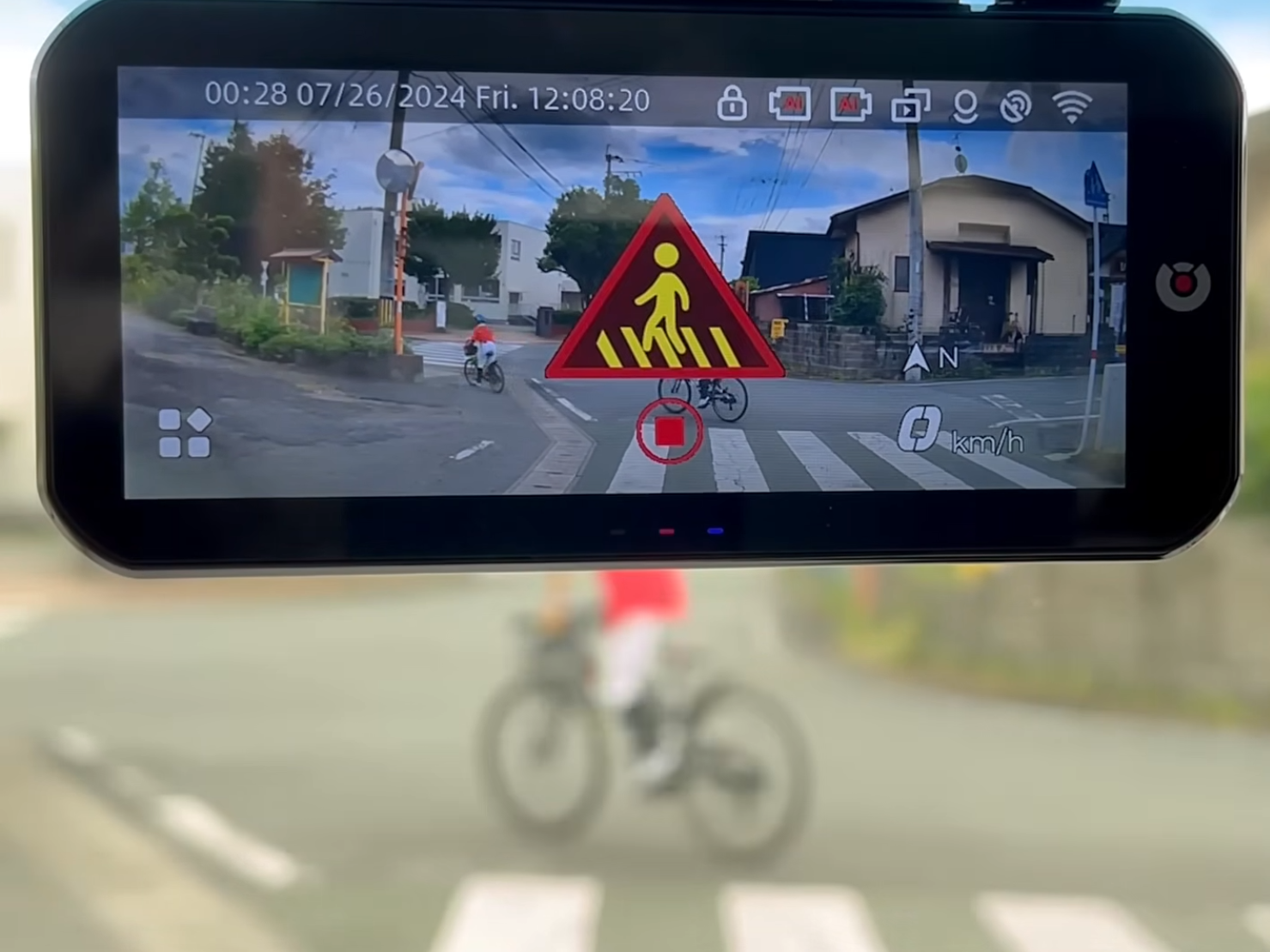
Laat een reactie achter
Alle reacties worden gemodereerd voordat ze worden gepubliceerd.
Deze site wordt beschermd door hCaptcha en het privacybeleid en de servicevoorwaarden van hCaptcha zijn van toepassing.